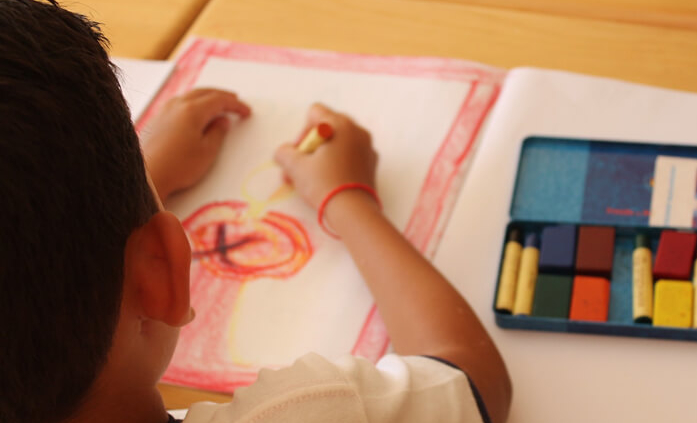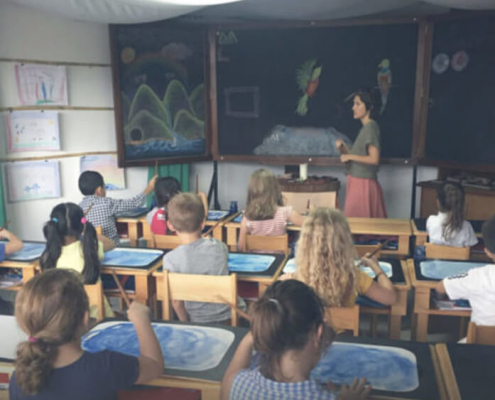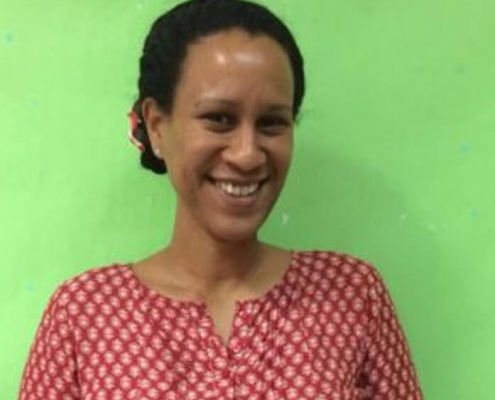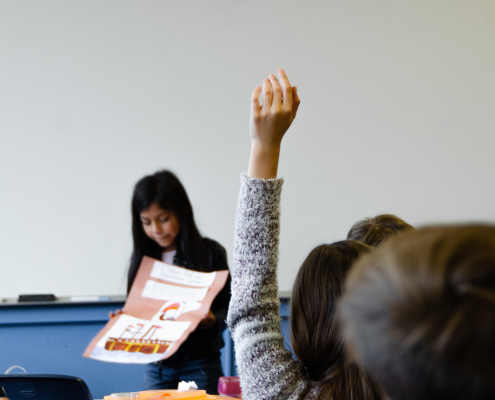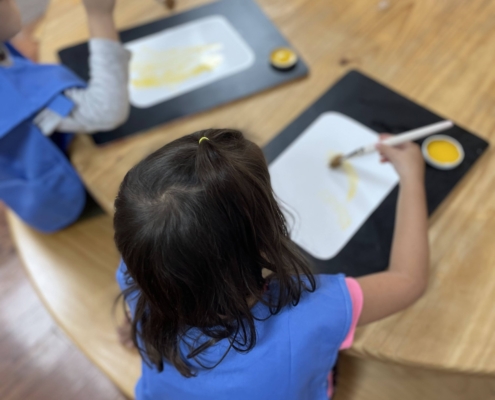Differentiating Instruction
Written by Rene Petersen, teacher at Trinus
In the classroom, teachers are often faced with the challenge of teaching a group of children with varying learning styles, abilities and interests. Their classrooms may also include children with special needs and they also need to be taken into account when planning lessons and teaching. This can create various dilemmas for the teacher who has to accommodate for each child in the classroom so that they can all learn optimally. In this essay I will discuss the method of “Differentiating Instruction” and look at various ways the teacher can teach and other strategies she can use to include and make provision for each child.
What is vitally important, from the start, is for teachers to thoroughly assess their children in order to gain a very clear picture of their capabilities, understanding and needs in the classroom. This enables the teacher to know the children’s strengths and weaknesses and so know exactly what their needs are and how best she can meet and cater for these needs. This is valuable so that the teacher can plan lessons accordingly with each child in mind.
There are many ways to differentiate instructions:
- Differentiating the content or topic: This is where teachers vary the content being taught according to the abilities and needs of each child. For example, the students who show understanding of the concept being taught don´t need much instruction and can move straight onto applying these concepts by working with them. These students can work independently or in groups, thus freeing the teacher and making her available to help those children who need direct instruction in order to learn the concept. It is important that children are engaged in the classroom and that they are working with the concepts being taught. By differentiating the topic, the teacher can ensure that the children with stronger abilities are not left in a state of boredom while she is teaching the others. It also means that she has the space and time to teach those who really need it. There can also be various sub topics within a theme- so children with lesser abilities maybe only look at one aspect of a theme or conversely students with greater abilities could do further research on their own.
- Differentiating the process or activities: Here the teacher varies the strategies and activities to “provide appropriate methods for students to explore the concept being taught”. Some children will benefit from drawing pictures or maps or making charts etc. The teacher can present them with a wide range of ways to address and approach the problems thereby helping more children connect with the material. They may need to be shown a number of processes they could use to help them with the content being taught. This is particularly true when teaching mathematics- some children will need other tools that will help them find solutions easier.
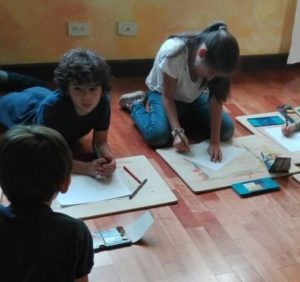
- Differentiating the product: To do this the teacher varies the difficulty and nature of the tasks she sets in which the students show their understanding of the work. This will vary according to each child’s ability, which is why the teacher needs to have a clear idea of what each child is capable of. There is a wide range of activities she can choose from to do this. This is also a way she can stimulate the child’s interest and generate excitement around completing a task. Sometimes teachers are asked to have “reduced performance expectations” for certain children. I agree that it is important to not expect more from a child than what they can give you or to demand work that you know they are not capable of. However, I strongly feel that it is important for children to be striving or aspiring towards something. For them to still be challenged, comfortably and safely, so they can feel that you know they are capable of great things and that you are not setting work for them that has perhaps obviously been “dumbed down”.
- Differentiating by manipulating the environment through accommodating individual learning styles: This is an important aspect for us to consider, especially with classrooms including children with specific learning barriers e.g. autism and ADHD. Here the teacher needs to look at her classroom, its lay out, structure and what possible distractions or challenges the physical structure holds for children with specific needs. For example- do the pictures on the walls make it difficult for certain children to concentrate? Is there a quiet area for those children who need a break? Is there lots of activity outside the window and would it help to have a curtain put up? Are the desks arranged optimally or would a child benefit from sitting right by the teacher’s desk? The teacher really needs to put careful thought into her classroom and whether or not it is suiting each child’s needs and think about what changes she can make in order to facilitate easier learning.
- Group work: These co-operative learning groups provide opportunities for peer teaching and provide a wonderful space for children to learn how to work together, how to be more supportive and caring towards each other and how to gain from one another’s strengths. It also teaches children how to be more responsible and how their actions and efforts affect each member of the group. These groupings should be flexible and vary according to the task at hand. Here it is up to the teacher to know exactly what the intention is of the group work so that she can structure them meaningfully or randomly depending on what is being asked of the children.
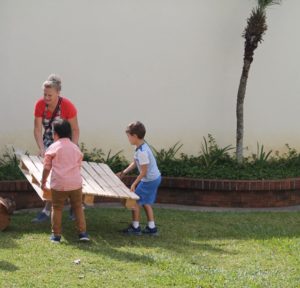
- Personalized or individualized projects: This is a great way to stimulate interest and allows the children to explore topics in ways that interests and excites them.
- Various learning styles: The teacher needs to include different approaches in her lessons to engage the various learning styles. Some children need more visual/ auditory/ kinesthetic, etc…approaches in order to learn. Or she may need to include activities with lots of movement, music and rhythm for the children who respond better to those. She will have to include various teaching strategies in order to reach each child in the classroom.
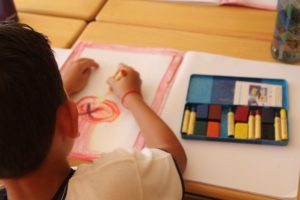
- Anchoring activities: These are activities that the children can fall back on when they have completed their other work. This is another way of ensuring that students are engaged and kept busy throughout the school day. What is important though is that these activities must be meaningful and of benefit to the children and must make constructive use of their time. They also need to be appropriate to their needs and add to their growth and learning in a fun way.
- Learning contracts: These contracts is where the teacher and the student sit down and plan the work that needs to be completed that day or that week. This is usually done with children that have certain barriers to learning.
The children in our classrooms are all different and unique in their own ways and no two children learn in an identical way. The task of Differentiating Instruction is not an easy one for the teacher. And in some situations teachers are faced with extremely varying capabilities. Teachers need to be creative, inspiring and to put in the extra effort required to meet the needs of each child. We need to ask for help when we need it, be it from the school or the parents. We need to find and use whatever resources are available to enhance our teaching. We need to ensure children are engaged, interested and being nourished by what they are learning during the school day. And we need to make sure that we know our children well enough to know what we need to do that suits them best. And at all times we need to teach the children how to think for themselves, regardless of their abilities. This will help them grow in confidence and give them the independence needed for their later, adult life. It is challenging, but not impossible.

